This week's topic is a little different from my usual, and it may seem boring to readers who aren't as much of a fountain pen geek as I am, but when store owner Leena asked me to write about it, I was thrilled. This may be the coolest pen opportunity I've had yet! Pilot recently announced 8 new nibs for their Custom Heritage 912, bringing the number of available nib choices for this pen up to 15, and I got to try ALL of them!
 (Look at that huge pile of Custom Heritage 912 boxes on my floor... WOW!)
(Look at that huge pile of Custom Heritage 912 boxes on my floor... WOW!)
So Many Choices
The Custom Heritage 912 now offers the complete range Pilot's nibs, including some unusual nibs I've always wanted to try, like Waverly and Posting. I am a huge fan of Pilot pens (I have 14) and I own a pretty big selection of Pilot nib sizes already (Extra Fine, Fine, Fine Medium, Medium, Broad, Double Broad, and Soft Fine), but getting my hands on every single Pilot nib is like something that would happen to me in a dream. (Yeah, I do have weird dreams like that sometimes.)

Here's the complete lineup, as described by Pilot:
- Extra Fine (EF) (0.25mm): a hard nib for small lettering, almost needle point.
- Fine (F) (0.32mm): a hard nib for fine lettering.
- Soft Fine (SF)(0.32mm): a soft nib for fine lettering.
- Fine Medium (FM) (0.4mm): a hard nib, in-between a Fine and Medium.
- Soft Fine Medium (SFM) (0.4mm): a soft nib, in-between a Fine and Medium.
- Medium (M) (0.5mm): a hard nib for medium lettering.
- Soft Medium (SM) (0.5mm): a soft nib for medium lettering.
- Broad (B) (0.61mm): a hard nib for bold lettering.
- Double Broad (BB) (0.72mm): hard big for very bold lettering. Between a Broad and Coarse.
- Posting (PO) (0.25mm): hard nib with a downturned tip shape that makes very fine, crisp lines with little pressure. Preferred for writing on paper prone to feathering.
- Falcon (FA): features the ingeniously-crafted “hooded” design allowing for subtle flex while writing.
- Waverly (WA) (0.5mm): designed with a slightly upturned tip delivering a uniquely flexible and customized, exceptionally smooth writing experience, regardless of the angle of writing.
- Stub (SU) (0.63mm): features a blunted, squared-off tip for broad vertical strokes and thin horizontal strokes. Traditional italic nib.
- Coarse (C) (0.85mm): extra broad nib for extremely bold lines.
- Music (MS) (0.9mm): features three tines and was originally designed for writing sheet music and calligraphy. Modern italic nib.
All the nibs are 14K gold. The Custom Heritage 912 pen comes with a proprietary Pilot ink cartridge and a nice CON-70 converter that has a large capacity and features a unique push-button filling mechanism.
Trying the Nibs
I decided to write with all the nibs on Rhodia paper using one of my favorite inks, Waterman Tender Purple. I wanted an ink that would show a lot of shading and sheen if given the opportunity, so that the differences between the nibs would be more apparent in writing. This ink and paper combination ended up feathering with some of the nibs, but that's something that often happens with fountain pens in the real world, so I'm not going to censor it. Keep in mind that Waterman Tender Purple is a fairly wet ink, so using a drier ink would mitigate this problem.
There was no feathering on Tomoe River paper, but most people don't use such special paper the majority of the time, so I did not do my longer writing samples on this paper. And, unfortunately, I needed to get the 15 pens back to Pen Boutique, so I didn't have time to try them on a wider variety of papers!
Here's how all the nibs looked side by side on Tomoe River:

As you can see, the nib has a huge effect on not only the line width but also on the color of the ink!
For the breakdowns of how each nib wrote, I'm just going to let you read my actual writing with the pens, as that will give the best illustration. I wish my handwriting was a little nicer, but I wanted to show how the pens look with my natural writing. I will close with some more typed thoughts at the end. (All the professional-looking images are the official ones provided by Pilot. The quirky ones are mine, obviously.)
Extra Fine, Fine, Soft Fine, and Fine Medium





Soft Fine Medium, Medium, and Soft Medium

Soft Fine Medium <SFM> Medium <M>
Medium <M> Soft Medium <SM>
Soft Medium <SM>
Broad, Double Broad, and Coarse


Double Broad <BB> Coarse <C>
Coarse <C> 
Posting and Waverly

Posting <PO>
 Waverly <WA>
Waverly <WA>

Falcon and Stub

Falcon <FA>
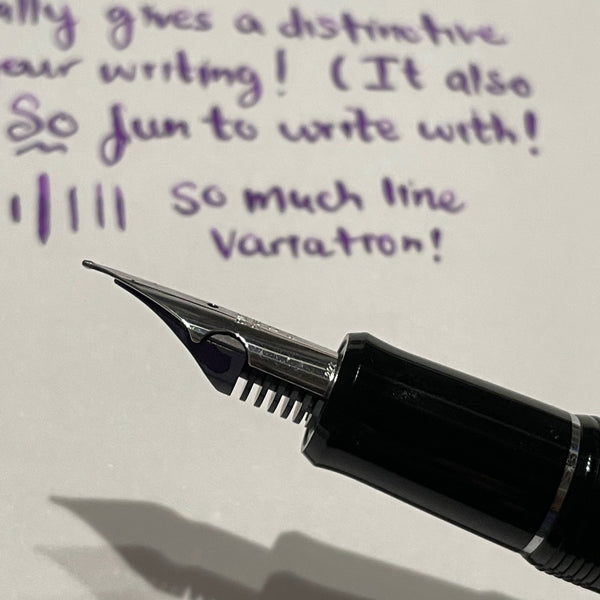

Stub <SU>
Music Nib

Music <MS> 
Choosing A Favorite... If That's Even Possible
Maybe I should have been impartial in this report, but that isn't really my style, so it was probably pretty obvious that I got most excited about the Waverly and Falcon nibs. They were both just so cool and different, and so fun to write with. I would love to own either! I enjoyed experimenting with all the nibs, though. I don't think I'd want to own a Music nib because I'm not a musician or a calligrapher, and the music stub was just too extreme for me to use for normal writing, but all of the others are nibs I'd be happy to own.
 (The Waverly nib Custom Heritage 912 hanging out with two of my own Pilot pens--a SF Falcon and a BB Custom 74.)
(The Waverly nib Custom Heritage 912 hanging out with two of my own Pilot pens--a SF Falcon and a BB Custom 74.)
Which one would you like best? I can't say. There are so many factors that effect which nib will work best for you and be the most enjoyable for you to use. A few of the things that come to mind are: how small you write, the angle with which you hold your pen, how much feedback feeling you prefer, whether you're left or right handed (lefties often prefer finer nibs because of smearing issues), how hard you press when you write, what you're writing (cursive, printing, kanji, art...), what paper you use (texture and absorbency make a big difference), and what ink you use.
I have more Japanese medium nibs than any other size, because that size tends to be comfortable for me to write with, and I enjoy the smoothness and amount of shading and sheening a medium nib offers. That said, I like using a wide variety of different nibs, just because it's more interesting that way, and also because I use different nibs for different purposes.
If I were to choose one of the flexible/soft options, I'd go for a Falcon (FA) nib for an experience most similar to a vintage flex nib, or a Soft Fine if I wanted something a little more controlled but still distinctive.
If I wanted a really nice pen that writes beautifully and is reliable and smooth, but I didn't want anything funky going on with the nib, I'd pick an Extra Fine, Fine, Fine Medium, or Medium.
For thicker, fun writing and dramatic signatures, I'd go for a Broad, and, for art or a truly bold statement, Double Broad and Coarse are both fabulous.
The Custom Heritage 912's Stub is great for stub lovers... it's easy to write with and has excellent flow, unlike some cheaper stubs I've tried.
And for people who love very fine nibs and don't want to use "fountain pen friendly" paper, the Posting nib is an awesome option to have!
What About the Pen Itself?
All these exciting nib possibilities aside, is the Pilot Custom Heritage 912 worth owning? Absolutely! This is a handsome resin pen that is very comfortable to write with, along the same lines as the Pilot Custom 74 and Pilot Falcon. (See my earlier blog article on the Custom 74 and Custom 823, of you haven't already.) Here's how the three look side by side. The Custom Heritage 912 is in the center.

Yes, the 912 only comes in black, but with all these incredible nib choices, I don't really care. I love black pens. They are elegant, cool, and timeless. And this is a beautiful, reliable, and very accessible black pen, at an astonishing price for this level of quality. Thank you, Pilot.



-Laura P.

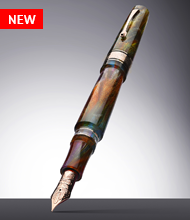
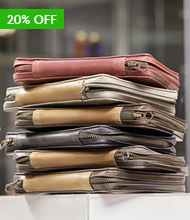
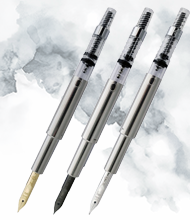
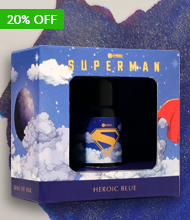
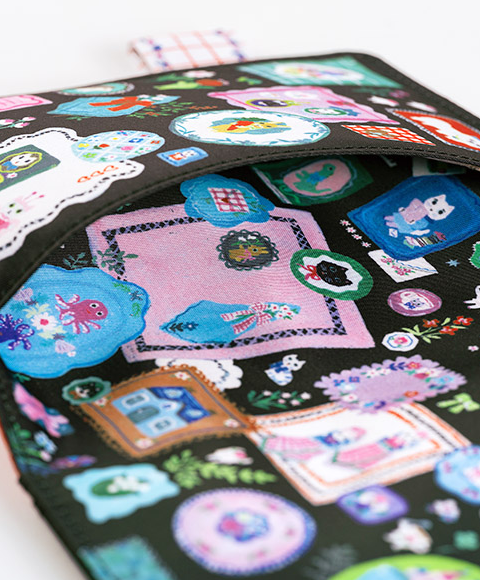
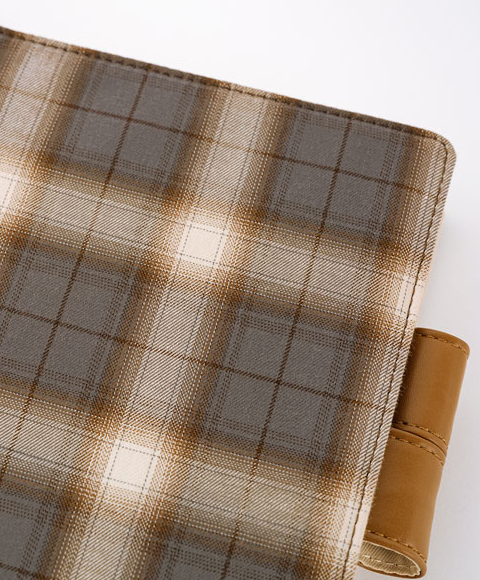
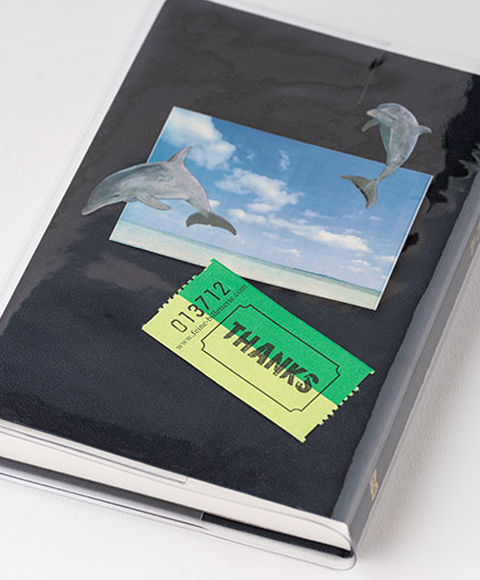
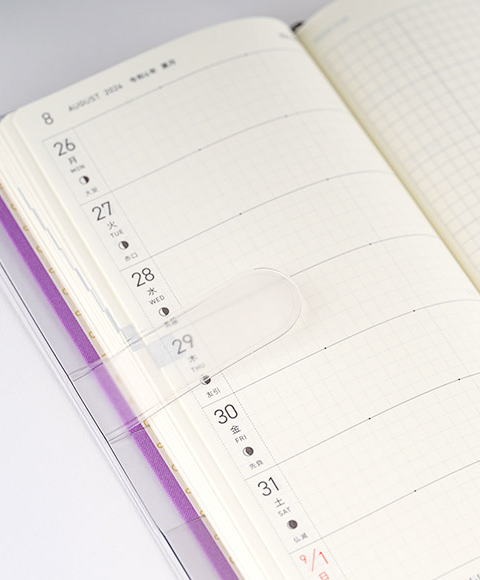
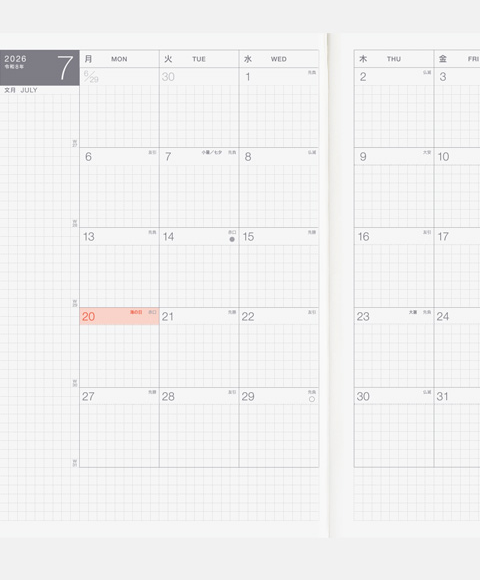
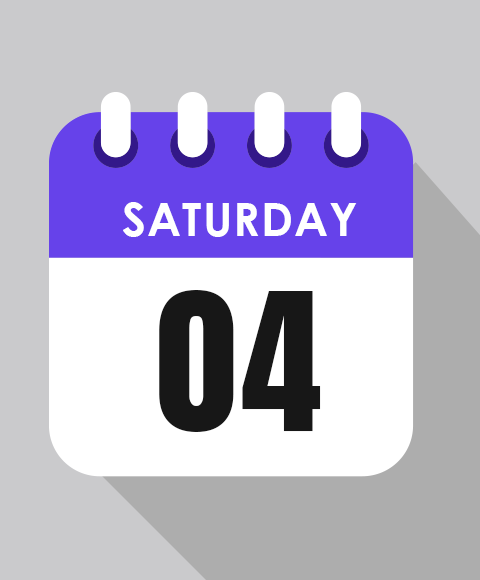
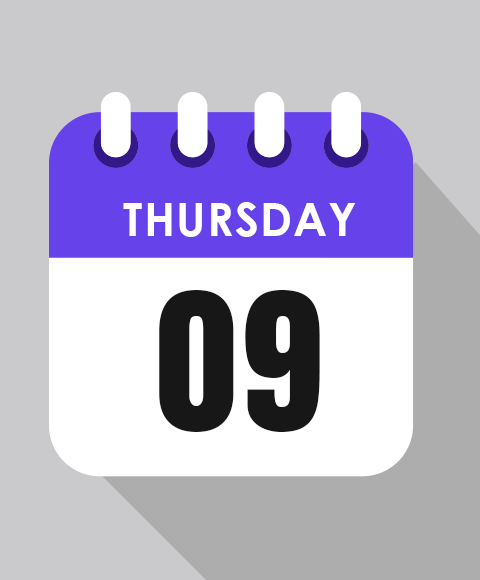
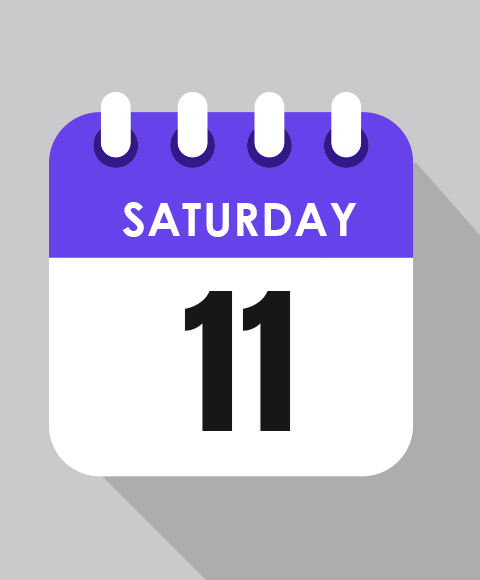
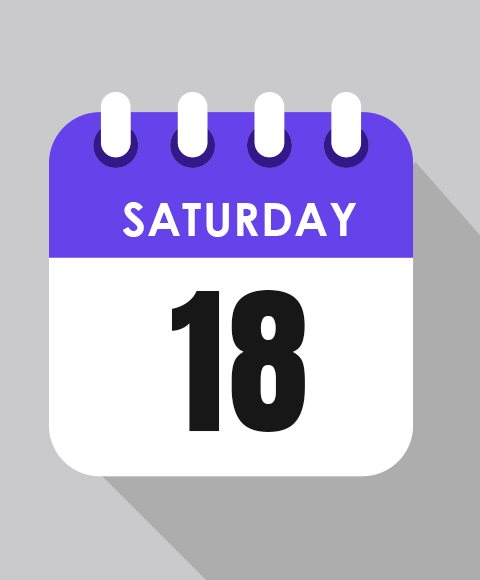
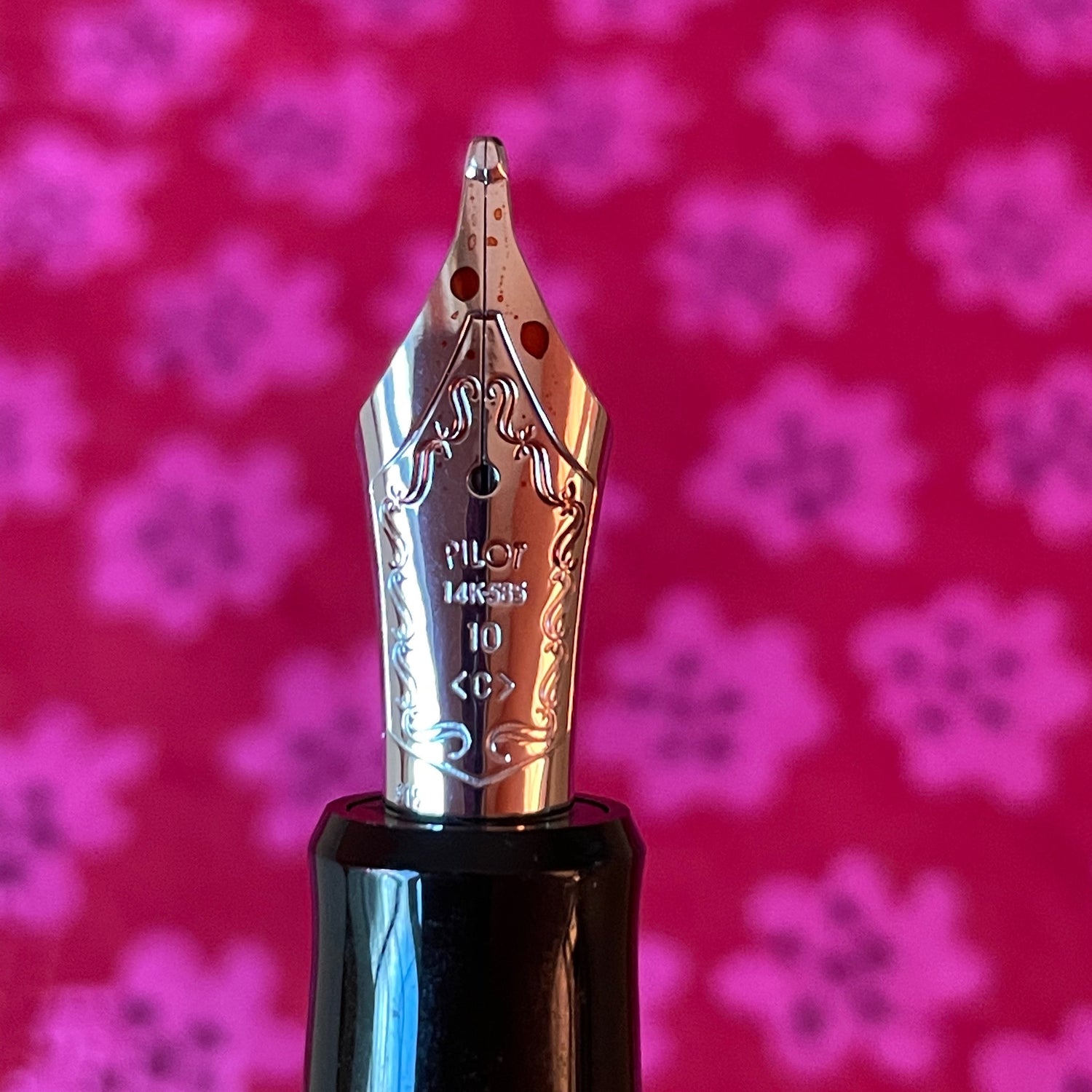
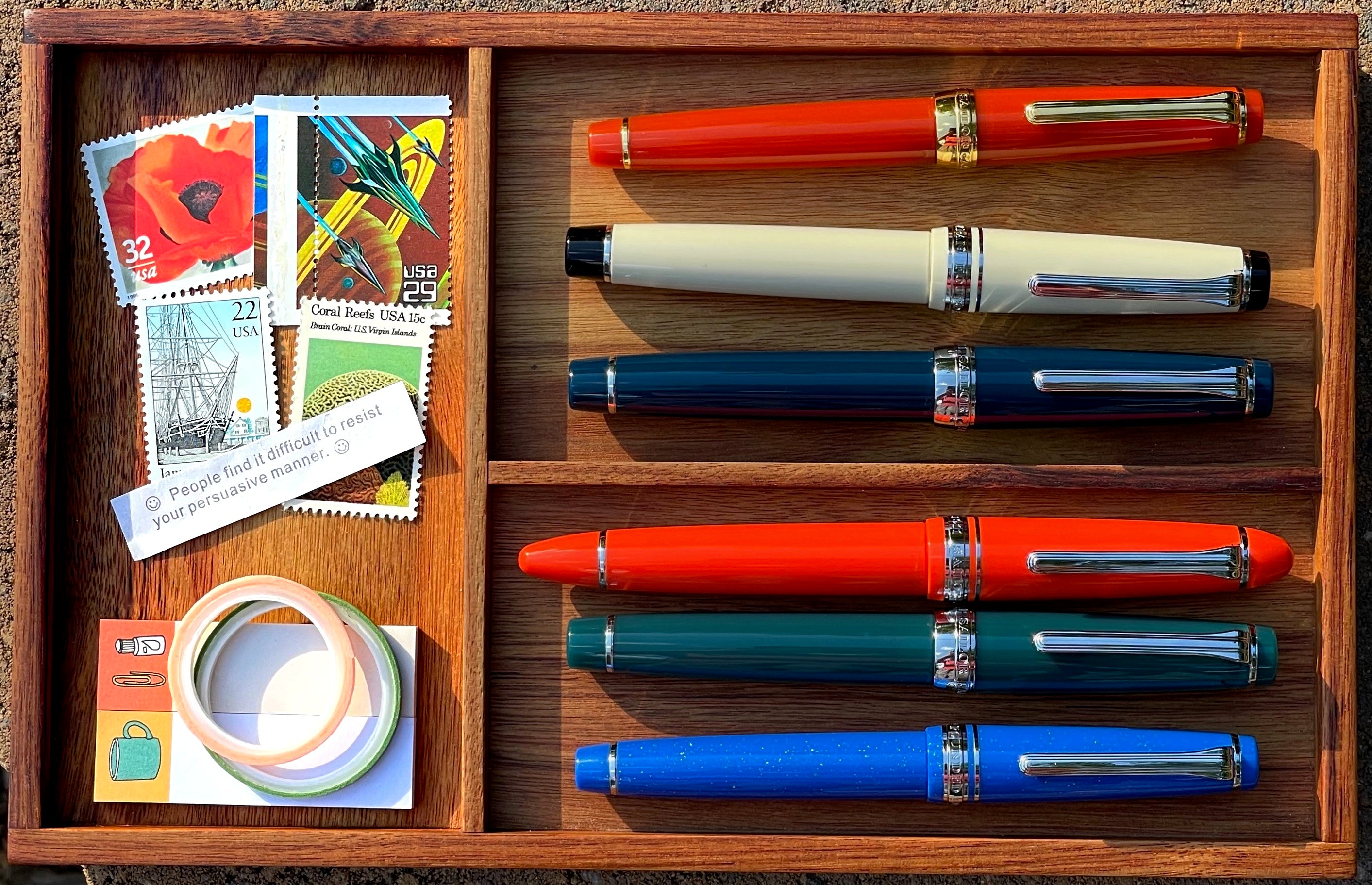
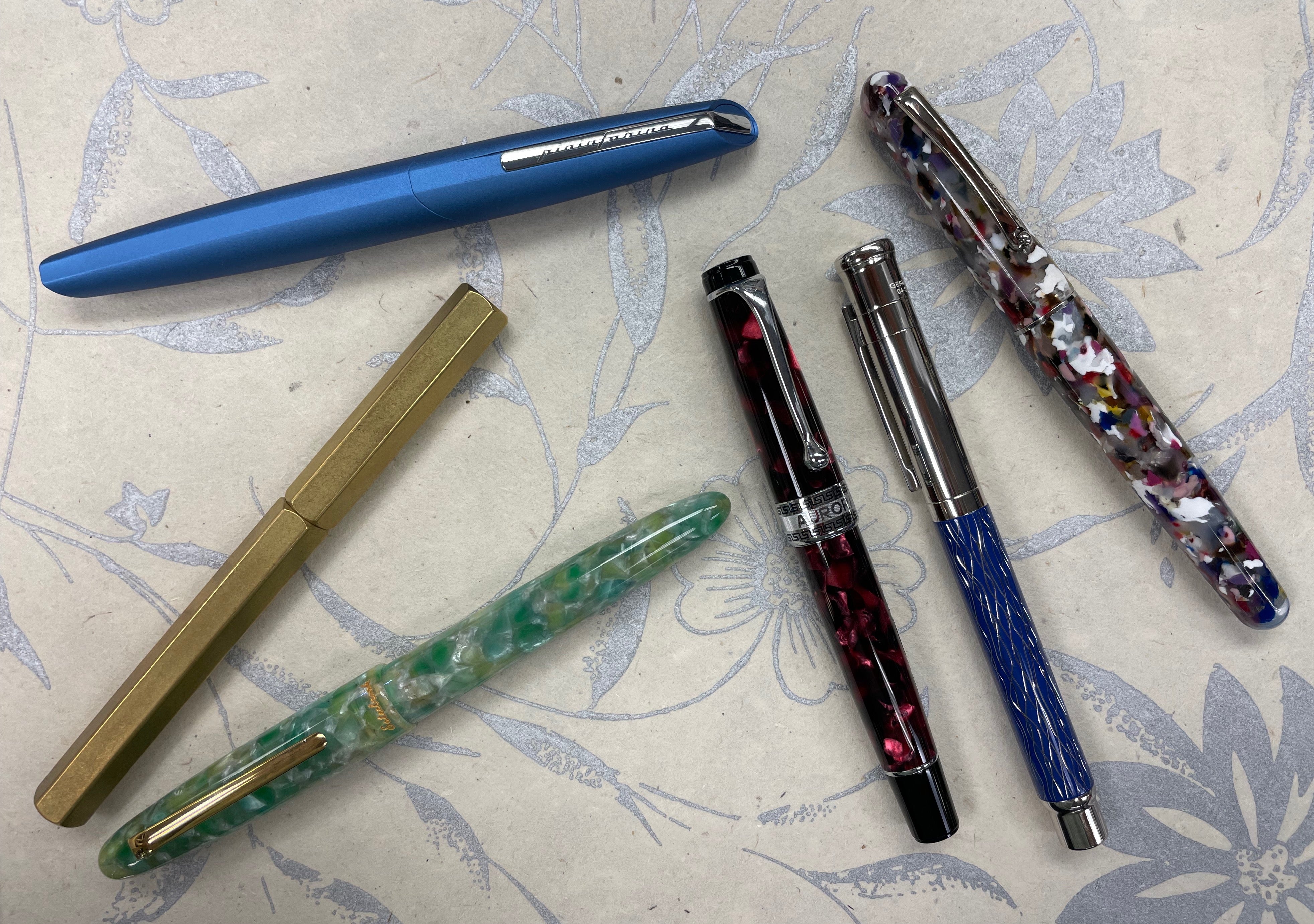

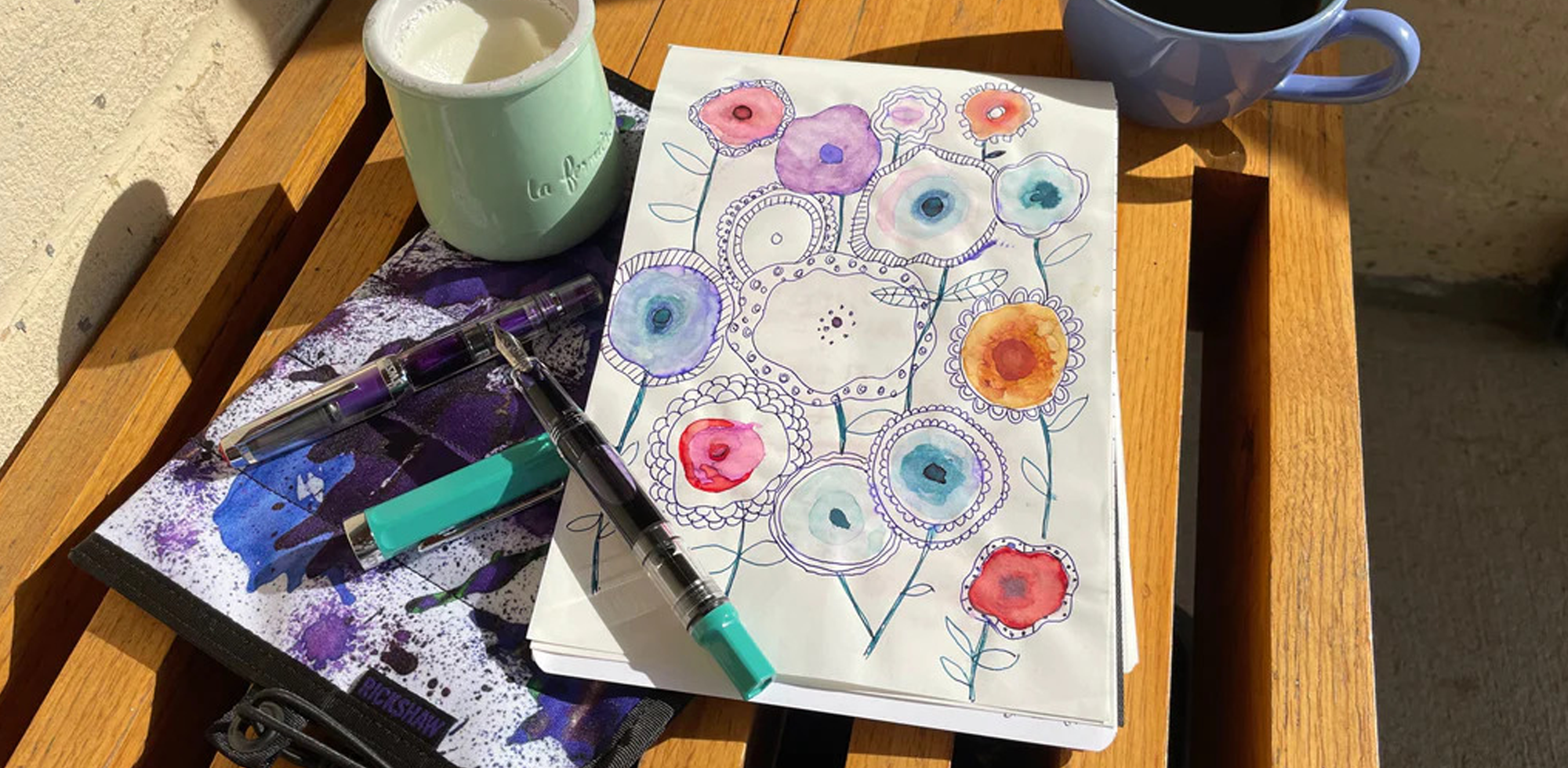
17 comments
Patti Hoendermis
I have the Falcon and I’m telling you it’s so gorgeous sometimes I just sit and admire it. It’s a very sexy nib.
I have the Falcon and I’m telling you it’s so gorgeous sometimes I just sit and admire it. It’s a very sexy nib.
Patti Hoendermis
Thank you so much for this post, so informative and inspiring.
Thank you so much for this post, so informative and inspiring.
Edward Ashley
Great job Laura. You should ask for a raise! You are more helpful on this subject than any other source I have found. Bravo!
Great job Laura. You should ask for a raise! You are more helpful on this subject than any other source I have found. Bravo!
Krzysztof Persak
Thank you! This review is so helpful. I love the WA nib, and would like to try FA.
Thank you! This review is so helpful. I love the WA nib, and would like to try FA.
Sheldon
I own all sixteen Pilot nibs (Signature nib not in this article). One Custom 823 in smoke (Signature), one Custom 742 in black (Music), and 14 Custom 743s all black. The 742 and 743s are virtually identical, the gold rings on the cap of the 742 are more narrow. The 742 uses a #10 nib, all others are a #15. I enjoy writing with all of them, and agree with the author that the Falcon and Waverly nibs are quite unique and extremely fun to write with. I also enjoy the music nib, like a stub nib on steroids, with a bit of flex to get really wide. You can’t go wrong with Pilot fountain pens, all are good and all have incredible track records. My daily driver … a Pilot Justus 95 with a Fine Medium nib inked with Pilot Iroshizuku take-sumi (a very dark black) or Pilot Iroshizuku kon-peki (a bright cerulean blue). Happy writing!
I own all sixteen Pilot nibs (Signature nib not in this article). One Custom 823 in smoke (Signature), one Custom 742 in black (Music), and 14 Custom 743s all black. The 742 and 743s are virtually identical, the gold rings on the cap of the 742 are more narrow. The 742 uses a #10 nib, all others are a #15. I enjoy writing with all of them, and agree with the author that the Falcon and Waverly nibs are quite unique and extremely fun to write with. I also enjoy the music nib, like a stub nib on steroids, with a bit of flex to get really wide. You can’t go wrong with Pilot fountain pens, all are good and all have incredible track records. My daily driver … a Pilot Justus 95 with a Fine Medium nib inked with Pilot Iroshizuku take-sumi (a very dark black) or Pilot Iroshizuku kon-peki (a bright cerulean blue). Happy writing!
Jade
Thank you SO much for this!!
I absolutely love how you showed just the nibs names, using that nib, because seeing them all close together makes it a lot easier to compare more directly.
But then I loved even more seeing your written notes in said nib size! To be able to see it while reading how it feels to you and all the particulars is extremely helpful!!
I’m a lefty, underhand writer, so my dream would be to have a few pens that use these nibs because I’d want access to all, at all times! I absolutely need to try the WA, to see how it feels as opposed to just sort of constantly adjusting my hold on my other pens. Granted, I’ve only bought very inexpensive pens, out of necessity, but have been happy with how smooth some of them are. But the WA sounds so wonderful and smooth all over :)
I desperately need the FA in my life!! I keep dreaming I’ll magically run across a perfect, for me, vintage 14k gold nib pen that is super comfortable to hold and has super smooth, soft and easy flex for my old RA riddled hands. One reason I love fountain pens in general is that it the pen has some weight, just enough, to it, then I just basically move it along to write. Unlike with, say, a bic pen or something, where I have to pinch hold the pen tightly, at too straight up an angle to be comfortable, as well as press down hard. Using regular pens I can only get a couple sentences down before it’s way to painful and my hands are curled in cramping. With fountain pens I can write a page or 2 as long as I remind myself to relax my hand :)
The other reason for loving FP’s, and especially for wanting the FA nib, is my Grandma and I, when i was young, yes, a loooong time ago😏 would write & mail each other letters, even though we were only an hour away. But we both loved writing, the act of it… and how fun it was to get mail and see her beautiful handwriting! I was given a few of her fountain pens, well, you know how it goes, since I live the furthest away, loads of extended family rummage through first for the “good” stuff i know she had because I thought they were so beautiful as a kid. But, I am thankful for getting anything. It’s a 2 black/silver vintage Sheaffer No Nonsense, i believe, having the flat tops and bottoms, and 1 that looked similar, but the section was different as it has like a rubber cover. I know 1 came in one of those kits with the Calligraphy nibs, though the ‘fine’ was already gone :) But, to know she sometimes could have used these herself to write me… it just… just means a lot, she was my favorite person🥰. But I know she had a flexible nib for a lot of her writing because it was so beautiful! So, I’d love that FA nib for that :) Corny, I know.🤷🏼♀️
Plus a, f & m, or more so, ef & m.
But, being that, due to a botched surgery I’ve lost use of a lung and many more bad things that can’t be fixed and we lost our jobs as my husband had to do literally everything for me until i relearned, mostly, how to use the arm he paralyzed, we are losing everything, trying now to, in our health state, pack up to “hurry” and get out to hopefully sell the house and move to hopefully get work… so, pens like this, let alone several of them… will never happen, and that’s ok, just life :) But a girl can dream and it’s SO fun to add to my dream list :)
So sorry for the long comment, I know it’ll make everyone mad, so sorry for that😬🥴🤦♀️
But thank you again for a great article!!!!
Have a great week!!☺️
Thank you SO much for this!!
I absolutely love how you showed just the nibs names, using that nib, because seeing them all close together makes it a lot easier to compare more directly.
But then I loved even more seeing your written notes in said nib size! To be able to see it while reading how it feels to you and all the particulars is extremely helpful!!
I’m a lefty, underhand writer, so my dream would be to have a few pens that use these nibs because I’d want access to all, at all times! I absolutely need to try the WA, to see how it feels as opposed to just sort of constantly adjusting my hold on my other pens. Granted, I’ve only bought very inexpensive pens, out of necessity, but have been happy with how smooth some of them are. But the WA sounds so wonderful and smooth all over :)
I desperately need the FA in my life!! I keep dreaming I’ll magically run across a perfect, for me, vintage 14k gold nib pen that is super comfortable to hold and has super smooth, soft and easy flex for my old RA riddled hands. One reason I love fountain pens in general is that it the pen has some weight, just enough, to it, then I just basically move it along to write. Unlike with, say, a bic pen or something, where I have to pinch hold the pen tightly, at too straight up an angle to be comfortable, as well as press down hard. Using regular pens I can only get a couple sentences down before it’s way to painful and my hands are curled in cramping. With fountain pens I can write a page or 2 as long as I remind myself to relax my hand :)
The other reason for loving FP’s, and especially for wanting the FA nib, is my Grandma and I, when i was young, yes, a loooong time ago😏 would write & mail each other letters, even though we were only an hour away. But we both loved writing, the act of it… and how fun it was to get mail and see her beautiful handwriting! I was given a few of her fountain pens, well, you know how it goes, since I live the furthest away, loads of extended family rummage through first for the “good” stuff i know she had because I thought they were so beautiful as a kid. But, I am thankful for getting anything. It’s a 2 black/silver vintage Sheaffer No Nonsense, i believe, having the flat tops and bottoms, and 1 that looked similar, but the section was different as it has like a rubber cover. I know 1 came in one of those kits with the Calligraphy nibs, though the ‘fine’ was already gone :) But, to know she sometimes could have used these herself to write me… it just… just means a lot, she was my favorite person🥰. But I know she had a flexible nib for a lot of her writing because it was so beautiful! So, I’d love that FA nib for that :) Corny, I know.🤷🏼♀️
Plus a, f & m, or more so, ef & m.
But, being that, due to a botched surgery I’ve lost use of a lung and many more bad things that can’t be fixed and we lost our jobs as my husband had to do literally everything for me until i relearned, mostly, how to use the arm he paralyzed, we are losing everything, trying now to, in our health state, pack up to “hurry” and get out to hopefully sell the house and move to hopefully get work… so, pens like this, let alone several of them… will never happen, and that’s ok, just life :) But a girl can dream and it’s SO fun to add to my dream list :)
So sorry for the long comment, I know it’ll make everyone mad, so sorry for that😬🥴🤦♀️
But thank you again for a great article!!!!
Have a great week!!☺️
Jael
Thank you for publishing this comparison. I was very curious about all of the nib options, so this is extremely helpful.
Thank you for publishing this comparison. I was very curious about all of the nib options, so this is extremely helpful.
Mitch Pearce
Thanks for this comparison. It’s the most comprehensive one available. The writing samples (and your opinions) are very helpful. My go-to when agonizing over what nib to select on my latest Pilot.
Thanks for this comparison. It’s the most comprehensive one available. The writing samples (and your opinions) are very helpful. My go-to when agonizing over what nib to select on my latest Pilot.
Rachael Dominguez
Love this post! Great descriptions and yes, I dream about fountain pens too!
Seems like the Waverly would be the one to try. Sounds intriguing and fun.
Love this post! Great descriptions and yes, I dream about fountain pens too!
Seems like the Waverly would be the one to try. Sounds intriguing and fun.
steven santoni
Great review! Thank you very much!
Great review! Thank you very much!
Tom M
As a left handed underwriter, I love the WA nib. It really works well. I have both the 912 and 743 versions. the Schon DSGN monoc nib is slightly waverly-ish and also great for me — and presumably other lefties.
As a left handed underwriter, I love the WA nib. It really works well. I have both the 912 and 743 versions. the Schon DSGN monoc nib is slightly waverly-ish and also great for me — and presumably other lefties.
mimi
when testing the falcon nib you said it was more flexible than a pilot falcon.
I thought it WAS a Pilot Falcon!
when testing the falcon nib you said it was more flexible than a pilot falcon.
I thought it WAS a Pilot Falcon!
Paul M
I am encouraged to see that Pilot is making all these nib variations available in North America. The Custom 912 has a Pilot #10 nib, and essentially the same variations are available in Japan for the larger #15 nib used with the Custom 743 and 823 pens; hopefully all of them will eventually make it here, to Pen Boutique. The FA nib would be my top choice to start. Great nibs can transform the writing experience.
I am encouraged to see that Pilot is making all these nib variations available in North America. The Custom 912 has a Pilot #10 nib, and essentially the same variations are available in Japan for the larger #15 nib used with the Custom 743 and 823 pens; hopefully all of them will eventually make it here, to Pen Boutique. The FA nib would be my top choice to start. Great nibs can transform the writing experience.
Daniel Muchinsky
What a marvelous article, a perfect blend of personal thoughts and direct examples. I use a Pilot Falcon regularly but I may now get another to try some of those nibs.
What a marvelous article, a perfect blend of personal thoughts and direct examples. I use a Pilot Falcon regularly but I may now get another to try some of those nibs.
Richard Koenig
A really good review. Can you buy nibs separately and swap them in and out of the 912?
A really good review. Can you buy nibs separately and swap them in and out of the 912?
Michael A Milkovich
I myself like a Fine nib or Extra Fine nib I liked the blog a lot.
I myself like a Fine nib or Extra Fine nib I liked the blog a lot.
Charles Telfot
That was a great article! I was surprised to find it to be very engaging.
I reach for a Pilot M on a regular basis, but I think I prefer the WA for its feel and
elegance, and I would use it much more if I could find it when I want it.
That was a great article! I was surprised to find it to be very engaging.
I reach for a Pilot M on a regular basis, but I think I prefer the WA for its feel and
elegance, and I would use it much more if I could find it when I want it.